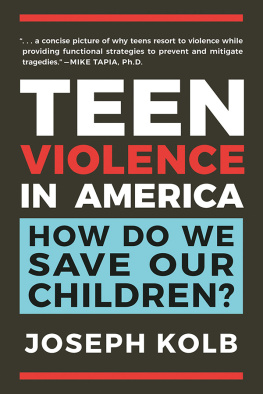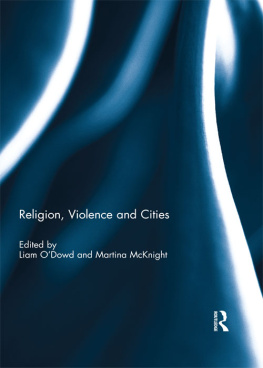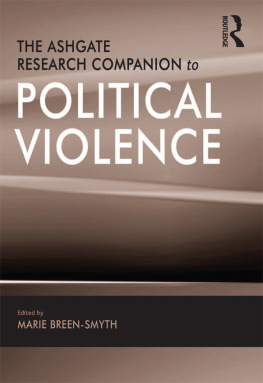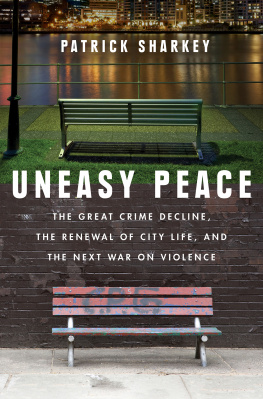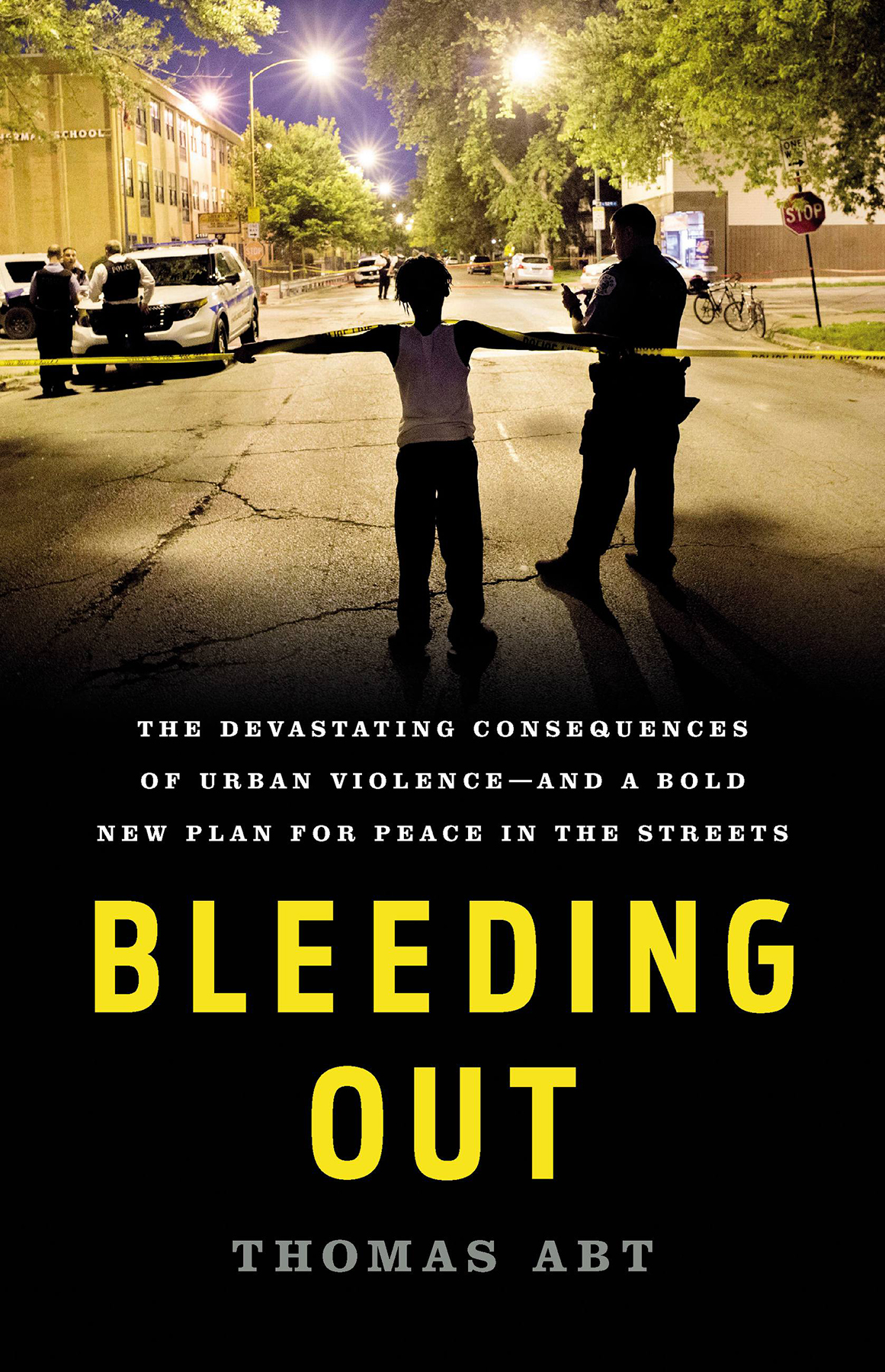Copyright Thomas Abt by 2019
Cover design by Chin-Yee Lai
Cover image: Tribune Content Agency LLC/Alamy Stock Photo
Cover copyright 2019 Hachette Book Group, Inc.
Reading group guide copyright 2019 by Thomas Abt and Basic Books
Hachette Book Group supports the right to free expression and the value of copyright. The purpose of copyright is to encourage writers and artists to produce the creative works that enrich our culture.
The scanning, uploading, and distribution of this book without permission is a theft of the authors intellectual property. If you would like permission to use material from the book (other than for review purposes), please contact permissions@hbgusa.com. Thank you for your support of the authors rights.
Basic Books
Hachette Book Group
1290 Avenue of the Americas, New York, NY 10104
www.basicbooks.com
First Edition: June 2019
Published by Basic Books, an imprint of Perseus Books, LLC, a subsidiary of Hachette Book Group, Inc. The Basic Books name and logo is a trademark of the Hachette Book Group.
The Hachette Speakers Bureau provides a wide range of authors for speaking events. To find out more, go to www.hachettespeakersbureau.com or call (866) 376-6591.
The publisher is not responsible for websites (or their content) that are not owned by the publisher.
Library of Congress Cataloging-in-Publication Data Names: Abt, Thomas, author.
Title: Bleeding out: the devastating consequences of urban violenceand a bold new plan for peace in the streets / Thomas Abt.
Description: First edition. | New York: Basic Books, [2019] | Includes bibliographical references and index.
Identifiers: LCCN 2018055824| ISBN 9781541645721 (hardcover: alk. paper) |ISBN 9781541645714 (ebook)
Subjects: LCSH: ViolenceUnited States. | Violent crimesUnited States. | Victims of violent crimesUnited States. | Urban policyUnited States. | Community developmentUnited States.
Classification: LCC HN90.V5 A28 2019 | DDC 303.60973dc23
LC record available at https://lccn.loc.gov/2018055824
ISBNs: 978-1-5416-4572-1 (hardcover), 978-1-5416-4571-4 (ebook)
E3-20190509-JV-NF-ORI
Discover Your Next Great Read
Get sneak peeks, book recommendations, and news about your favorite authors.
Tap here to learn more.

Explore book giveaways, sneak peeks, deals, and more.
Tap here to learn more.

For my parents,
Clark and Wendy Abt,
whose passion for justice
has been my richest inheritance
IMAGINE THIS: YOU ARE A TRAUMA SURGEON WORKING THE MIDNIGHT shift in an urban emergency room in the United States of America. A young man, unconscious, lies before you on a gurney. He has been shot in the thigh and is bleeding profusely. Judging from the entry and exit wounds, as well as the amount of hemorrhaging, the bullet most likely sliced the femoral artery, one of the largest blood vessels in the body. Without assistance, this young man will die within minutes. As his doctor, what do you do? Or, more precisely, what do you do first?
The young mans clothes are old and dirty. He may be jobless, homeless, lacking a decent education. Do you start treatment by finding him a job, locating an apartment, or helping him get his GED?
The young man has also been involved in some sort of altercation and may be dangerous. Perhaps precautionary measures are in order. Before he wakes up, do you put him in restraints, alert hospital security, or call the police?
Of course not. Instead, you take the only sensible and humane course of action available at the time. First you stop the bleeding, because unless you stop the bleeding, nothing else matters.
Every murder causes immeasurable suffering. No statistic can capture a childs lost potential or a mothers grief, but when the collective costs of murder are estimated, they are staggering: anywhere from $173 billion to $332 billion in criminal justice and medical costs, lost wages and earnings, damaged and devalued property, and diminished quality of life. Thats between $531 and $1,020 per American, paid out in higher taxes, higher insurance premiums, and lower property values. And that is just the price of homicidethe human and economic costs of all violent crime run even higher.
Urban violence, also described as street, gang, youth, community, or gun violence, accounts for more violent deaths than any other category of crime. It is the violence that plagues the most disadvantaged communities in our cities. It involves, for the most part, young men killing or wounding other young men in tragic and brutal cycles of retribution. Disputes that were once decided with words or fists now result in gunfire that claims not only combatants but also bystanders who just happen to be nearby when one enemy spots another.
It has become fashionable in some circles to describe urban violence as an infectious disease, spreading from person to person like the flu. This comparison has been helpful in reframing urban violence as a matter of public health, but it lacks one thing: urgency. Some diseases require immediate action, but many do not. Urban violence is better understood as a grievous injury, a gushing wound that demands immediate attention in order to preserve life and limb. A life-threatening injury is an acute emergency, while a disease can be a chronic condition that demands a less vigorous response.
In this book, I propose a series of lifesaving treatments to address urban violence, right now, without further delay. Urban violence is the most widely studied form of crime, and there is enough reliable research out there to provide a strong sense of how best to tackle the issue today. Murder on the streets of our cities is a deadly serious problem, but it is also a solvable one.
Recognizing that the fastest route between two points is a straight line, these treatments address urban violence by focusing attention and resources on the most dangerous people, places, and thingsthe factors driving the majority of the mayhem. An approach the experts call the Gun Violence Reduction Strategy reduces gun and gang violence by confronting would-be shooters with a double message that pairs offers of assistance with threats of punishment. Hot spots policing temporarily cools crime locations, getting guns off the streets and giving neighborhoods an opportunity to recover.
These efforts also balance punishment with prevention. Cognitive behavioral therapy helps high-risk adolescents manage their emotions, address conflicts constructively, and think carefully about the consequences of their actions. Investing in crime-prone places by removing blight and restoring services makes them less susceptible to violence.
Finally, just as treatment for injuries requires partnerships between patients and their health care providers, peace in the streets requires cooperation between communities and criminal justice authorities. A lasting peace cannot be achieved without improvements in the perceived fairness of criminal justice institutions, especially the police. The principles of procedural fairness, by which criminal justice officials learn to treat residents with respect, offer them opportunities to be heard, and become more transparent about what they do and why they do it, can rebuild confidence and renew partnerships while restoring public safety.


